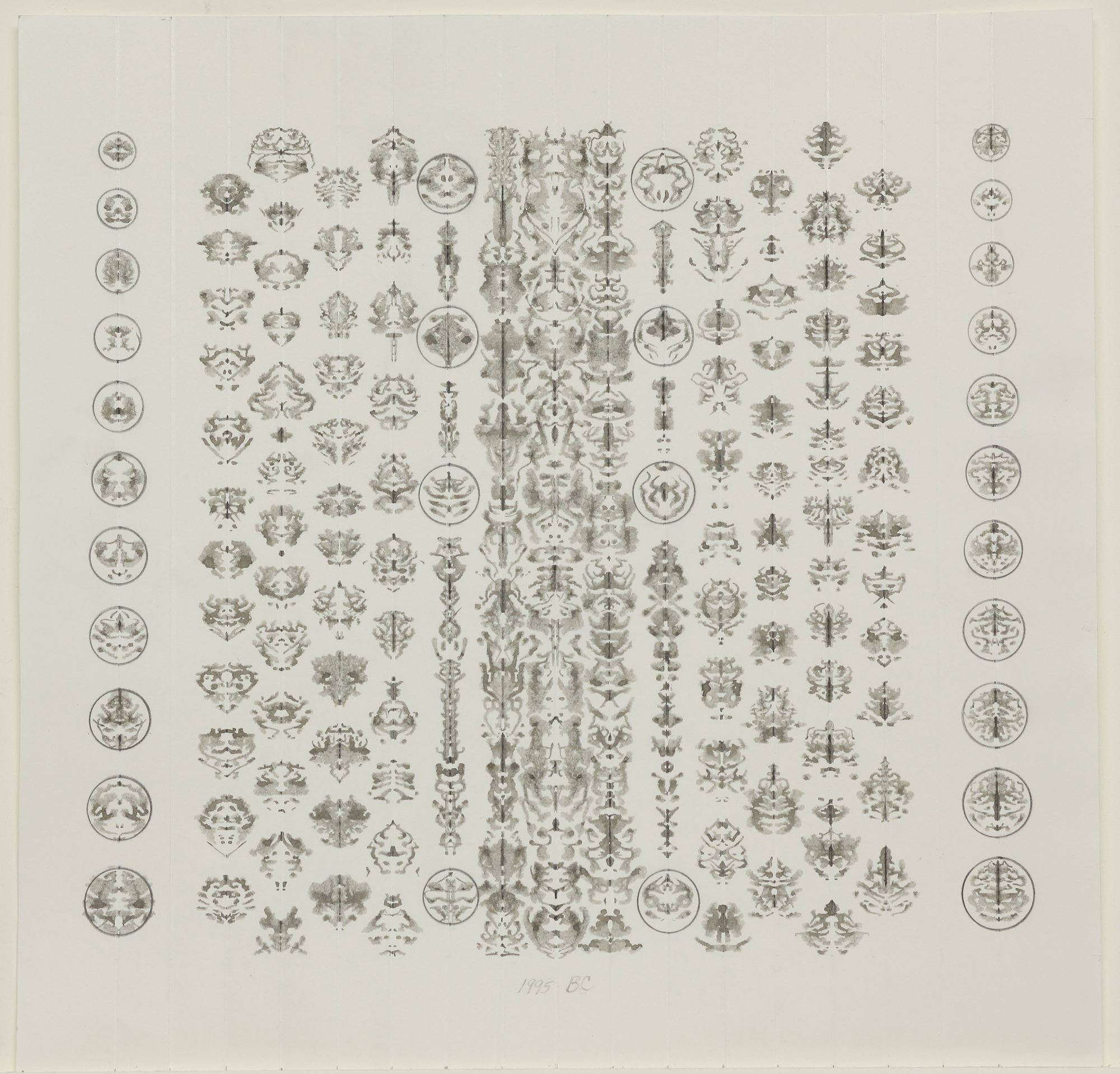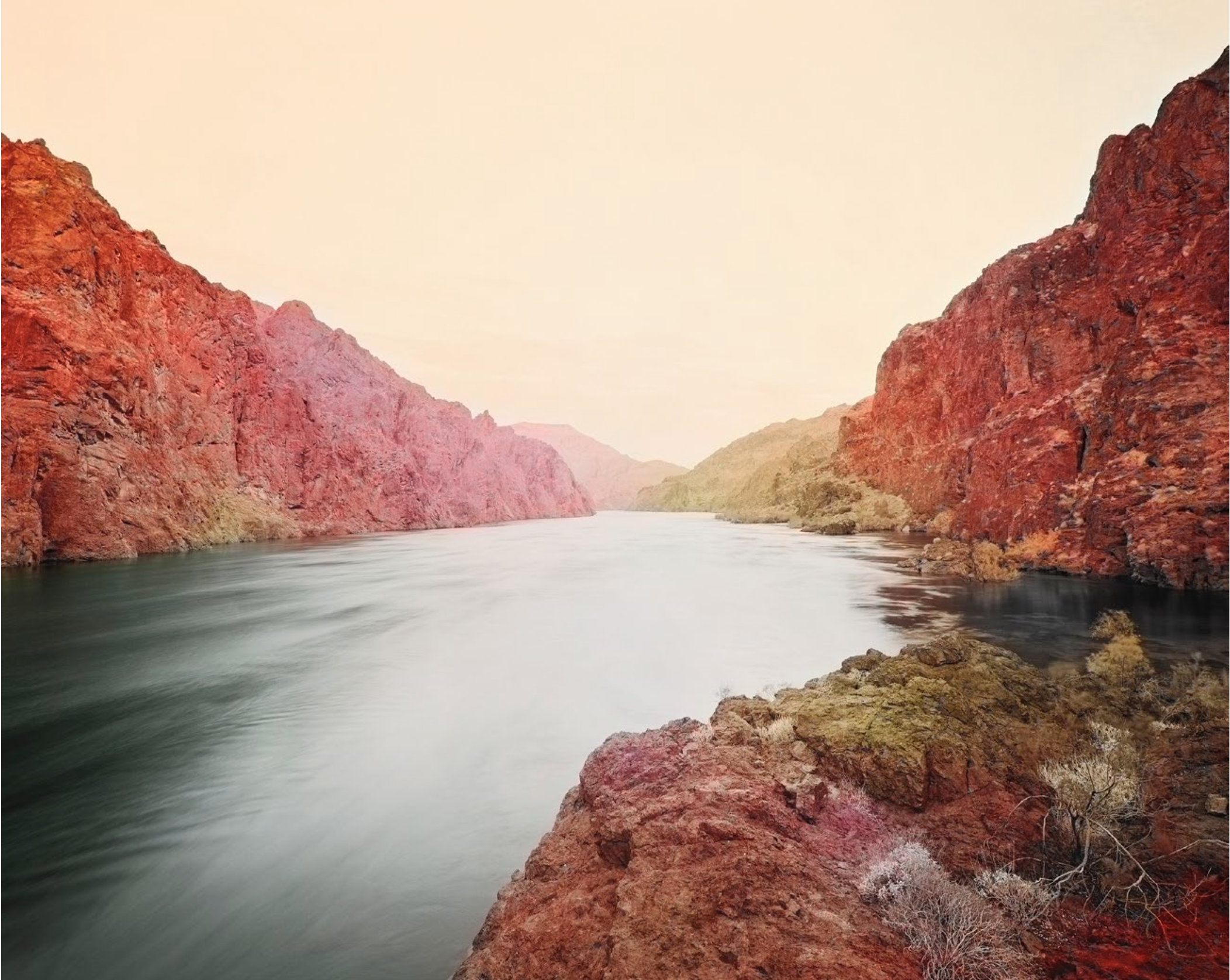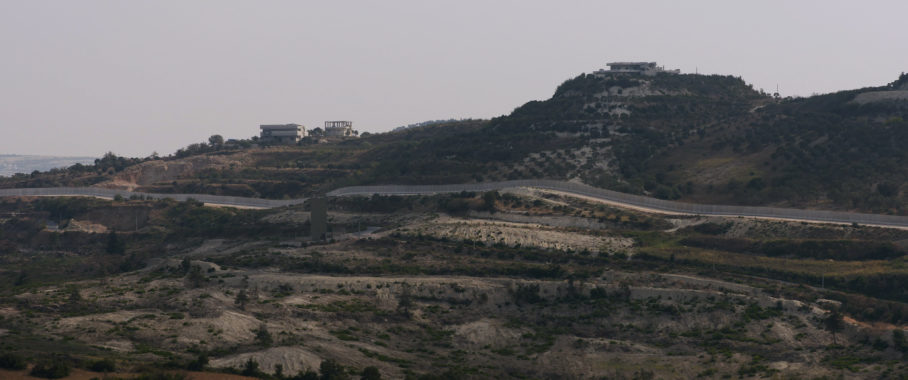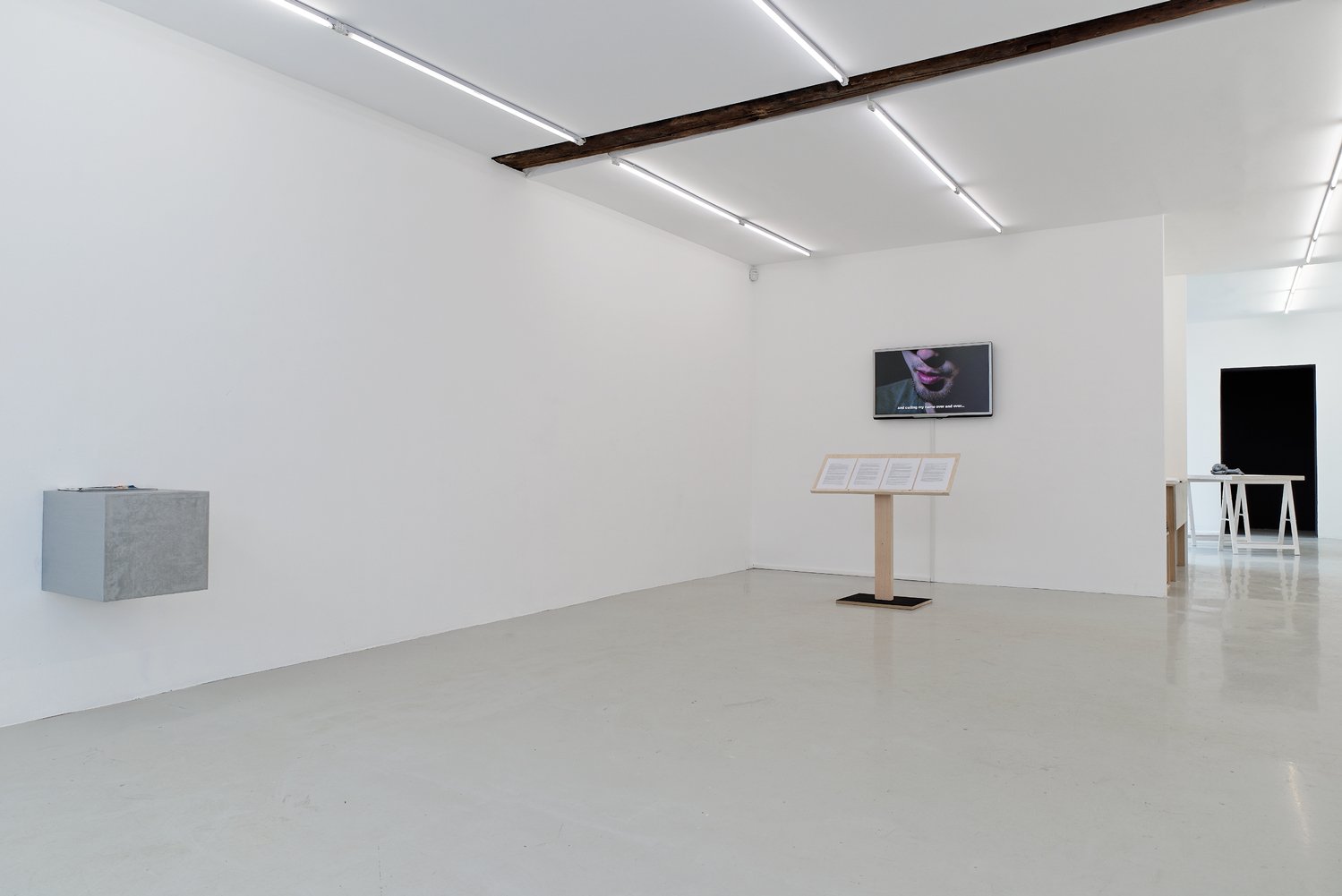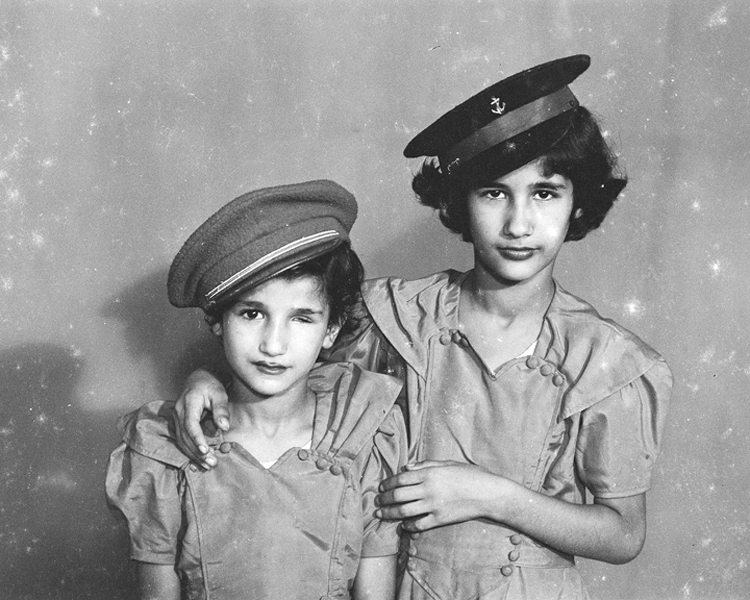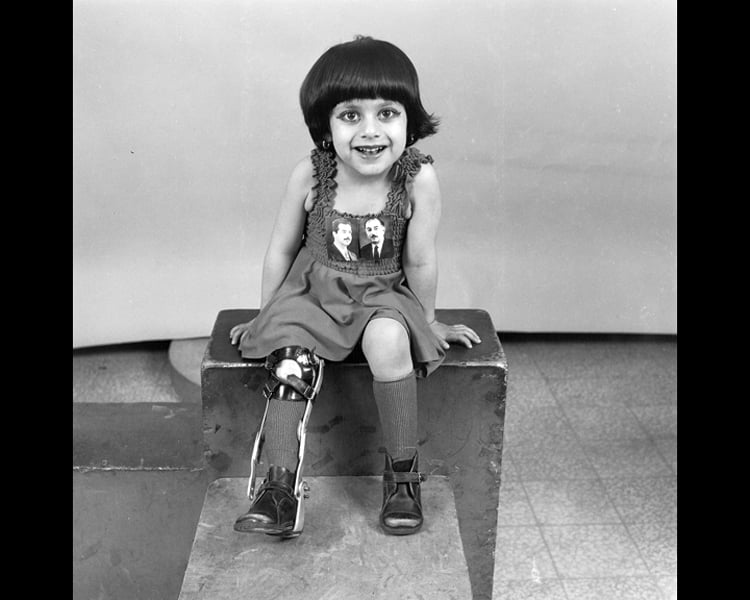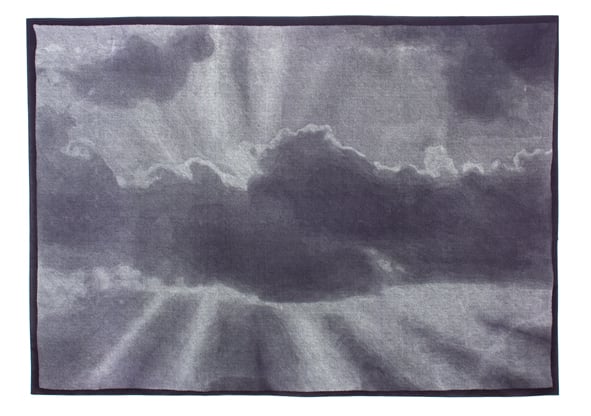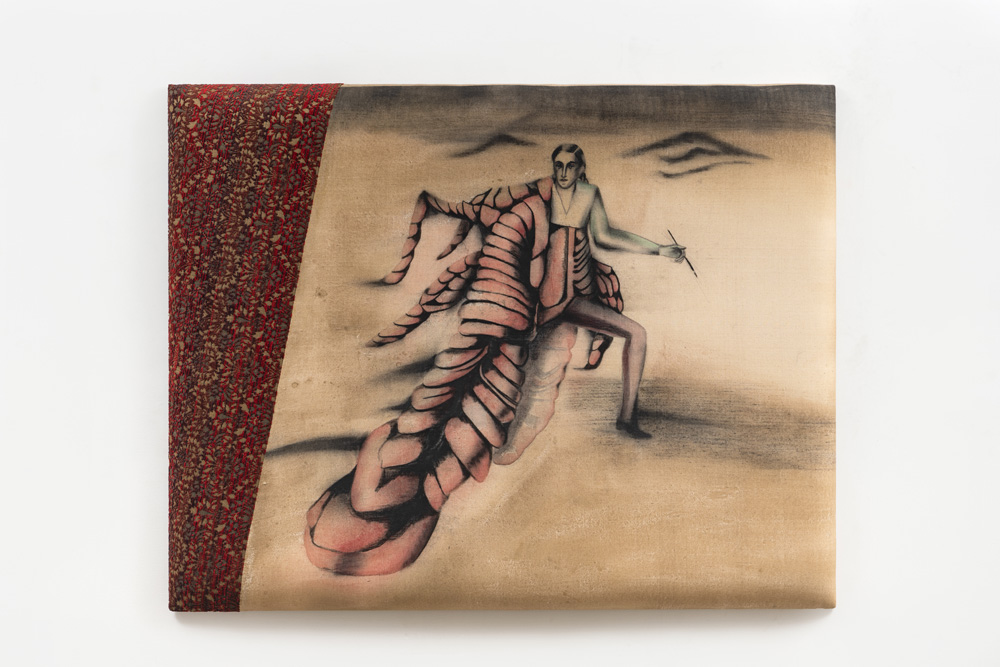
© » KADIST
Naoya Hatakeyama
Naoya Hatakeyama’s series Rikuzentakata (2011) documents the devastating aftermath of the 2011 Tohoku earthquake and tsunami in Japan. Throughout the series of sixty C-prints (five of which are included in the Kadist Art Foundation’s collection), Hatakeyama’s photographs depict scenes of torn landscapes and leveled homes, demolished villages and massive piles of detritus pummeled beyond recognition. The images serve as records of disaster, seemingly driven by an intense need to bear witness to collective trauma.

© » KADIST
Naoya Hatakeyama
Naoya Hatakeyama’s series Rikuzentakata (2011) documents the devastating aftermath of the 2011 Tohoku earthquake and tsunami in Japan. Throughout the series of sixty C-prints (five of which are included in the Kadist Art Foundation’s collection), Hatakeyama’s photographs depict scenes of torn landscapes and leveled homes, demolished villages and massive piles of detritus pummeled beyond recognition. The images serve as records of disaster, seemingly driven by an intense need to bear witness to collective trauma.

© » KADIST
Naoya Hatakeyama
Naoya Hatakeyama’s series Rikuzentakata (2011) documents the devastating aftermath of the 2011 Tohoku earthquake and tsunami in Japan. Throughout the series of sixty C-prints (five of which are included in the Kadist Art Foundation’s collection), Hatakeyama’s photographs depict scenes of torn landscapes and leveled homes, demolished villages and massive piles of detritus pummeled beyond recognition. The images serve as records of disaster, seemingly driven by an intense need to bear witness to collective trauma.

© » KADIST
Naoya Hatakeyama
Naoya Hatakeyama’s series Rikuzentakata (2011) documents the devastating aftermath of the 2011 Tohoku earthquake and tsunami in Japan. Throughout the series of sixty C-prints (five of which are included in the Kadist Art Foundation’s collection), Hatakeyama’s photographs depict scenes of torn landscapes and leveled homes, demolished villages and massive piles of detritus pummeled beyond recognition. The images serve as records of disaster, seemingly driven by an intense need to bear witness to collective trauma.

© » KADIST
Naoya Hatakeyama
Naoya Hatakeyama’s series Rikuzentakata (2011) documents the devastating aftermath of the 2011 Tohoku earthquake and tsunami in Japan. Throughout the series of sixty C-prints, Hatakeyama’s photographs depict scenes of torn landscapes and leveled homes, demolished villages and massive piles of detritus pummeled beyond recognition. The images serve as records of disaster, seemingly driven by an intense need to bear witness to collective trauma.

© » KADIST
Tomoko Yoneda
Yoneda’s Japanese House (2010) series of photographs depicts buildings constructed in Taiwan during the period of Japanese occupation, between 1895 and 1945. Yoneda focuses both on the original Japanese features of the houses and on details that have been altered since the end of the occupation. The yet-to-be acknowledged history of the occupation of Taiwan and other East Asian countries by Japan during World War II is subtly disclosed in these pictures.

© » KADIST
Kwan Sheung Chi
Kwan Sheung Chi’s work One Million is a video work depicting the counting of bills. Divided into three versions, the video first shows a number of Japanese ten-thousand-yen bills being counted without in an orderly, efficient manner. In Two Million , a similar counting of one-thousand-dollar bills from Hong Kong follows.

© » KADIST
Shay Arick
Part of a series of videos called LIFE, where Shay Arik videos that re-enact iconic journalistic photographs. As explained by the video’s title, the departure point for LIFE #1 is the iconic 1943 photograph published by Life magazine that captures Japanese officer Yasuno Chikao from the Imperial Japanese Navy as he raises his sword, seconds before publically beheading Australian war commando Leonard Siffleet in the shores of Papua New Guinea. In Arick’s restaging there are no onlookers in the scene, the only two figures represented are Chikao and Siffleet: the perpetrator and victim of this fatal act of violence.

© » KADIST
Lieko Shiga
Lieko Shiga’s photographs appear like dreamscapes. They gain much of their visual power from the unusual interplay between light and color, and the way in which her motifs often seem to defy physical laws such as gravity. She often photographs nocturnal landscapes that are both enchanted and haunted, invoking an emotionally and psychologically complex, contemporary inner landscape, as well as the ancient relations between mysticism, spirituality, and folklore, specifically invoking Japanese traditions and beliefs, while at the same time transforming them.

© » KADIST
Lieko Shiga
Lieko Shiga’s photographs appear like dreamscapes. They gain much of their visual power from the unusual interplay between light and color, and the way in which her motifs often seem to defy physical laws such as gravity. She often photographs nocturnal landscapes that are both enchanted and haunted, invoking an emotionally and psychologically complex, contemporary inner landscape, as well as the ancient relations between mysticism, spirituality, and folklore, specifically invoking Japanese traditions and beliefs, while at the same time transforming them.

© » KADIST
Motoyuki Daifu
Seven family members and a cat all squeezed into the small five-room house, where Motoyuki Daifu grew up in Yokohama. This young photographer’s Family Project series documents the chaos of his family’s home life. Viewers of Daifu’s color photographs peer into the cramped, cluttered, and intimate world of their living quarters, what would normally be hidden from outsiders.

© » KADIST
Gozo Yoshimasu
Drawing & Print (Drawing & Print)
Gozo Yoshimasu’s double-sided work on paper Fire Embroidery explores his response to the March 2011 Tohoku earthquake and tsunami. He embarked on the project out of a deep sense of sympathy and commitment, in pursuit of “poetry possible after March 2011”, without exactly knowing where he was heading. He started scribing lines and letters on exceptionally large manuscript paper that he handcrafted every day.

© » KADIST
Gozo Yoshimasu
Drawing & Print (Drawing & Print)
Gozo Yoshimasu’s visual-poetry series Dear Monster (Kaibutsu-kun) explores his response to the March 2011 Tohoku earthquake and tsunami. He embarked on the project out of a deep sense of sympathy and commitment, in pursuit of “poetry possible after March 2011”, without exactly knowing where he was heading. He started scribing lines and letters on exceptionally large manuscript paper that he handcrafted every day.

© » KADIST
Gozo Yoshimasu
Drawing & Print (Drawing & Print)
Gozo Yoshimasu’s visual-poetry series Dear Monster (Kaibutsu-kun) explores his response to the March 2011 Tohoku earthquake and tsunami. He embarked on the project out of a deep sense of sympathy and commitment, in pursuit of “poetry possible after March 2011”, without exactly knowing where he was heading. He started scribing lines and letters on exceptionally large manuscript paper that he handcrafted every day.

© » KADIST
Phan Quang
Phan Quang’s portrait series Re/cover grapples with a lesser-known history in Vietnam. After World War II, many Japanese soldiers who fought in Vietnam stayed in the country. They married Vietnamese women, had children, and lived in the country until Japan recalled them home.

© » KADIST
Pierre Gonnord
Nakayama is part of a larger body of work by Pierre Gonnord focusing on the analysis and description of the lifestyles of urban youth in large Western cities. These images reflect on new canons of beauty, and the appearances and simulacra of fashion for a new generation. In particular, these works consider themes of androgyny, crossbreeding, and recycling.
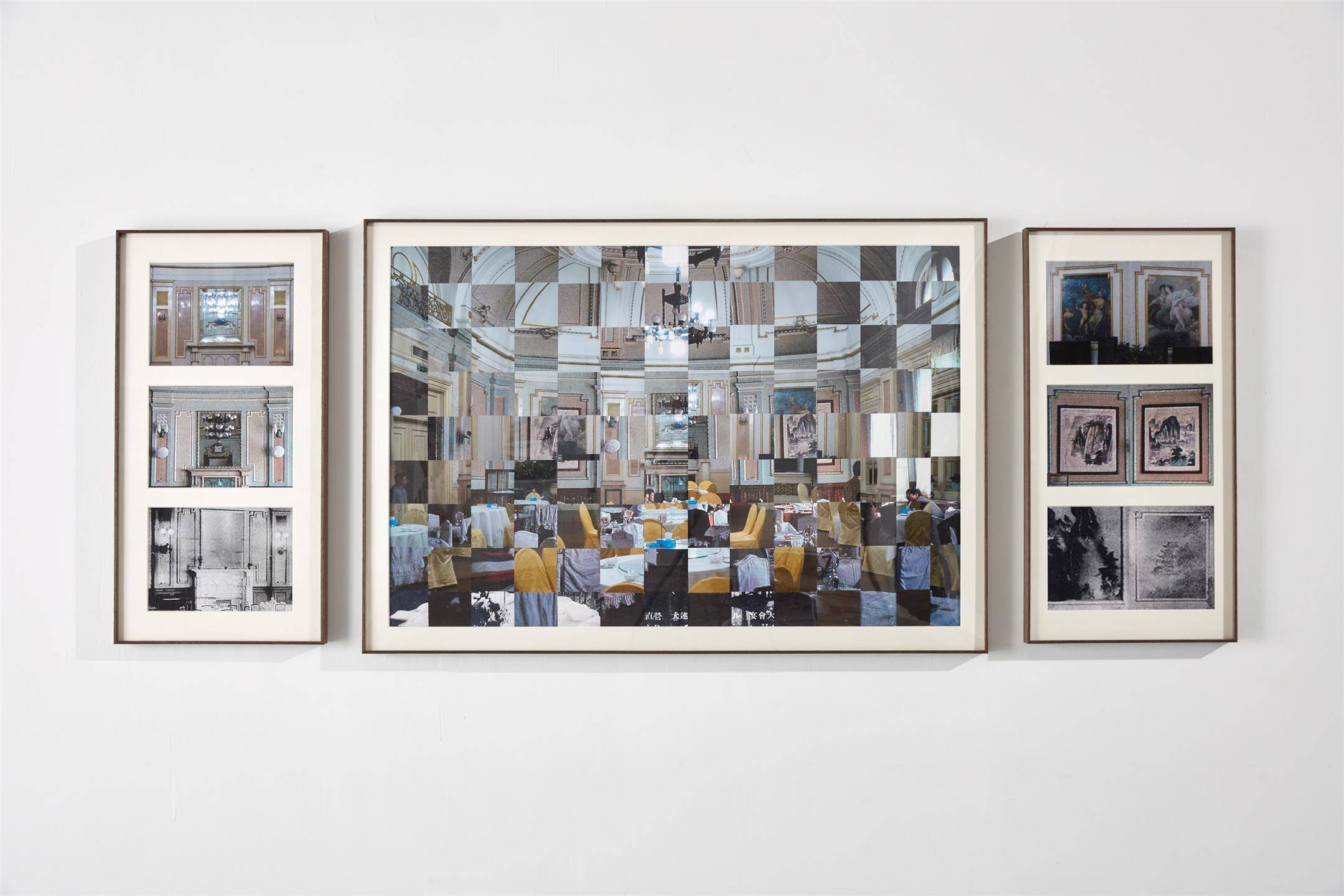
© » KADIST
Luka Yuanyuan Yang
Composed of three photographic panels, Three Times at Yamato Hotel by Luka Yuanyuan Yang is a part of the artist’s ongoing project Dalian Mirage , a seven act play in a theatre staged as the city of Dalian. This modern city was built by the Russian Empire in 1898 and occupied by Japan between 1905 and 1945. Based on historical investigations, Yang created ten characters, including a Dalian-born Japanese writer and a Dalian-born American immigrant.

© » KADIST
Jean-Luc Moulène
Head Box by J ean-Luc Moulène i s not the representation of a space but a real space that remains in the domain of sculpture which the artist develops in parallel with his photographic practice. Created for an exhibition in Kitakyushu in Japan, it is painted green, a color that symbolizes life and creation in Japanese culture. Even though we are confronted with a hollow presence, this is above all a space to lodge a body in the vertical posture of the living.

© » KADIST
Shilpa Gupta
The three monkeys in Don’t See, Don’t Hear, Don’t Speak are a recurring motif in Gupta’s work and refer to the Japanese pictorial maxim of the “three wise monkeys” in which Mizaru covers his eyes to “see no evil,” Kikazaru covers his ears to “hear no evil,” and Iwazaru covers his mouth to “speak no evil.” For the various performative and photographic works that continue this investigation and critique of the political environment, Gupta stages children and adults holding their own or each other’s eyes, mouths and ears. These images suggest that seemingly mobilized societies can actually produce more fear and myths, and that no real freedom is ensured. Instead of facilitating the free circulation of ideas, “advanced” political and technological systems often generate more cultural clichés, wars, and terror.

© » KADIST
Koki Tanaka
Tanaka’s unique understanding of objects and materials is reflected in the four photographs that document his Process of Blowing Flour . The images depict the gradual blowing away of a plate of flour held by Tanaka. Because his pose is static throughout the images, his presence is deemphasized and instead the viewer’s attention is drawn to the motion of the flour.

© » KADIST
Motoyuki Shitamichi
Motoyuki Shitamichi launched his Torii project in 2006. He proceeded to visit and photograph torii that are situated outside Japan’s current national border. Expansionist Japan constructed numerous torii during its occupation of the Northern Mariana Islands (now a U. S. territory), Northeast China (former Manchuria), Taiwan, South Korea, and Sakhalin (the eastern most area of Russia).

© » KADIST
Taro Izumi
Steak House is a video representing two small puppets smearing the artist’s face with paint while he is sleeping. The work is based on modest means and reuses the classic theme of inanimate objects coming to life during the night while humans sleep. Is this the artist’s return to repressed feelings or fatigue provoked by the task?

© » KADIST
Tatsuki Masaru
For the works KAKERA, Bullet Train and KAKERA, Loving God Tatsuki Masaru traveled throughout Japan to visit museums holding kakera (which translates to “fragments”) of Jomon Period potteries –Japan’s pre-history 2,300-15,000 years ago. Small and fragile, the kakera were donated by farmers who had found them in their fields, or by archeologists, and then wrapped in newspapers and stored away. Today they sit quietly on the shelves of museums, unknown to people.

© » KADIST
Yosuke Takeda
Yosuke Takeda gives the viewer brightly colored views, each of which he has searched out and patiently waited for. He gives light a density in the precise moments he captures—a forest’s leaves shimmering in the early morning, a street’s reflective surface radiating color at night, luminous blinds drawn over an apartment window. He achieves his distinctive effects by using an old, second hand analog-era lens that he attaches to his digital camera.

© » KADIST
Yosuke Takeda
Yosuke Takeda gives the viewer brightly colored views, each of which he has searched out and patiently waited for. He gives light a density in the precise moments he captures—a forest’s leaves shimmering in the early morning, a street’s reflective surface radiating color at night, luminous blinds drawn over an apartment window. He achieves his distinctive effects by using an old, second hand analog era lens that he attaches to his digital camera.

© » KADIST
Yosuke Takeda
Yosuke Takeda gives the viewer brightly colored views, each of which he has searched out and patiently waited for. He gives light a density in the precise moments he captures—a forest’s leaves shimmering in the early morning, a street’s reflective surface radiating color at night, luminous blinds drawn over an apartment window. He achieves his distinctive effects by using an old, second hand analog-era lens that he attaches to his digital camera.

© » KADIST
Meiro Koizumi
Words by Meiro Koizumi: “The video installation work In the State of Amnesia is made with Mr. Nobuhiro Tanaka, who damaged his brain when he had an accident when he was 21. Since then he has been living with a memory disorder. I asked Mr. Tanaka to memorize a testimony of a Japanese soldier who served in the war in China during WWII.

© » KADIST
Yuki Kimura
Kastura (2012) is an installation consisting of 24 black-and-white photographs of the Katsura Imperial Villa in Kyoto bequeathed by Kimura’s grandfather; free-standing structures on which they are hung; and ornamental plants. The photographs appear to have been taken in late 1950s soon after tours of the villa were first offered to the public. Then, as today, visitors were led by a guide and could only follow a designated route.

© » KADIST
Meiro Koizumi
This video installation was made for the exhibition “Journey to the West” held in January 2012 in New Delhi, where a group of curators invited six Japanese artists to produce a work to be made around the relationship between Japan and India. In the framework of this exhibition, Meiro Koizumi decided to use a controversial book of modern Japanese history The Judgement of Justice Radhabinod Pal , as material for his work. Koizumi created a performance combining the paradoxical context of this book with monstrous representation of Indian gods.

© » KADIST
Martin Kippenberger
Drawing & Print (Drawing & Print)
Untitled is a work on paper by Martin Kippenberger comprised of several seemingly disparate elements: cut-out images of a group of dancers, a japanese ceramic vase, and a pair of legs, are all combined with gestural, hand-drawn traces and additional elements such as a candy wrapper from a hotel in Monte Carlo and a statistical form from a federal government office in Wiesbaden, Germany. Text cut out from a Newspaper spells out in German “Egg hunting in the Bavarian forest” and an additional piece of text reads in all capitals “BIN DABEI DU AUCH” (“I’m here too” in English). Together, all the messages and geographies from the separate elements suggest an alternative, highly stylized portrait of the artist; in this case, a fragmented, fluid, and itinerant sense of identity.
Akram Zaatari
- location: Sayda, Al-Lubnan
- year born: 1966
- gender: male
- nationality: Lebanese
Naoya Hatakeyama
- location: Iwate, Nihon
- year born: 1958
- gender: male
- nationality: Japanese
Yosuke Takeda
Yosuke Takeda started from experimenting with darkroom photography production and he shifted over to digital photography, aware that photographic film and paper were becoming obsolete...
Gozo Yoshimasu
Gozo Yoshimasu is a prolific Japanese poet, photographer, artist and filmmaker active since the 1960s...
Koki Tanaka
- location: Los Angeles, California
- year born: 1975
- gender: male
- nationality: Japanese
- home town: Tochigi, Japan
Lieko Shiga
Based on an instinctive feeling of unease with the convenience and automation of daily life, Lieko Shiga has developed an artistic approach that links questions about the nature of the photographic medium with fundamental questions about life and the means of expressing oneself...
Meiro Koizumi
Meiro Koizumi is a Japanese video and performing artist, born in 1976...
Kwan Sheung Chi
Kwan Sheung Chi obtained a third honor B.A...
James T. Hong
James T...
Shimabuku
Born in 1969 in Kobe, Shimabuku is an artist who collects unusual encounters...
Barbara Kasten
- year born: 1936
- gender: female
- nationality: American
- home town: Chicago, Illinois
Bruce Conner
- location: San Francisco, California
- year born: 1933
- gender: male
- nationality: American
- home town: McPherson, Kansas
Yuichiro Tamura
Yuichiro Tamura works in a wide range of media including video, photography, installation and performance...
Chikako Yamashiro
Chikako Yamashiro engages with political and social histoires of Okinawa to create haunting works drawing on oral accounts...
YOUNG-HAE CHANG HEAVY INDUSTRIES
YOUNG-HAE CHANG HEAVY INDUSTRIES, a partnership between the South Korean artist Young Hae Chang and the American poet Mark Voge, is widely known as a pioneering net art project...
Martin Kippenberger
- location: Vienna, Austria
- year born: 1953
- gender: male
- nationality: German
- home town: Dortmund, Germany
Yuki Kimura
Focusing on the temporal and spatial layers inherent in the medium of photography, Yuki Kimura constructs relationships between photographs and exhibition spaces that imbue the act of viewing with new dynamism....
Tomoko Yoneda
- location: London, United Kingdom
- year born: 1965
- gender: male
- nationality: Japanese
- home town: Akashi-city, Japan
Tomoko Kikuchi
Tomoko Kikuchi is a Japanese-born photographer...
Luka Yuanyuan Yang
Luka Yuanyuan Yang is a photographer, filmmaker and visual artist based in Beijing...
Trevor Paglen
Trevor Paglen’s work combines the knowledge-base of artist, geographer and activist...
Shay Arick
Violence is key to Shay Arick’s practice who employs photography, sculpture, performance, video and drawing as means to understand what motivates people to enact it...
Malik Nejmi
The practice of the French-Moroccan artist Malik Nejmi (b...
Melvin Moti
Scientific research, high and mass culture, and the processes of cultural production in contemporary society plays an important role in the work of Rotterdam-born artist Melvin Moti, currently based in Rotterdam and in Berlin...
Eric Baudelaire
Currently based in Paris, Franco-American artist Eric Baudelaire has developed an oeuvre primarily composed of film, but which also includes photography, silkscreen prints, performance, publications and installations...
Bady Dalloul
Bady Dalloul cunningly employs collage across various media: texts, drawings, video, and objects to produce powerful works commenting on the past and the present...
Hassan Massoudy
Hassan Massoudy trained as a classical calligrapher in Baghdad before attending the Ecole des Beaux-Arts in Paris in 1969...
Cao Fei
- location: Beijing, China
- year born: 1978
- gender: female
- nationality: Chinese
- home town: Guangzhou, China
Maryanto
Maryanto is an artist with a background in printmaking whose research-oriented practice is deeply concerned with ecological footprints and actions of humanity...
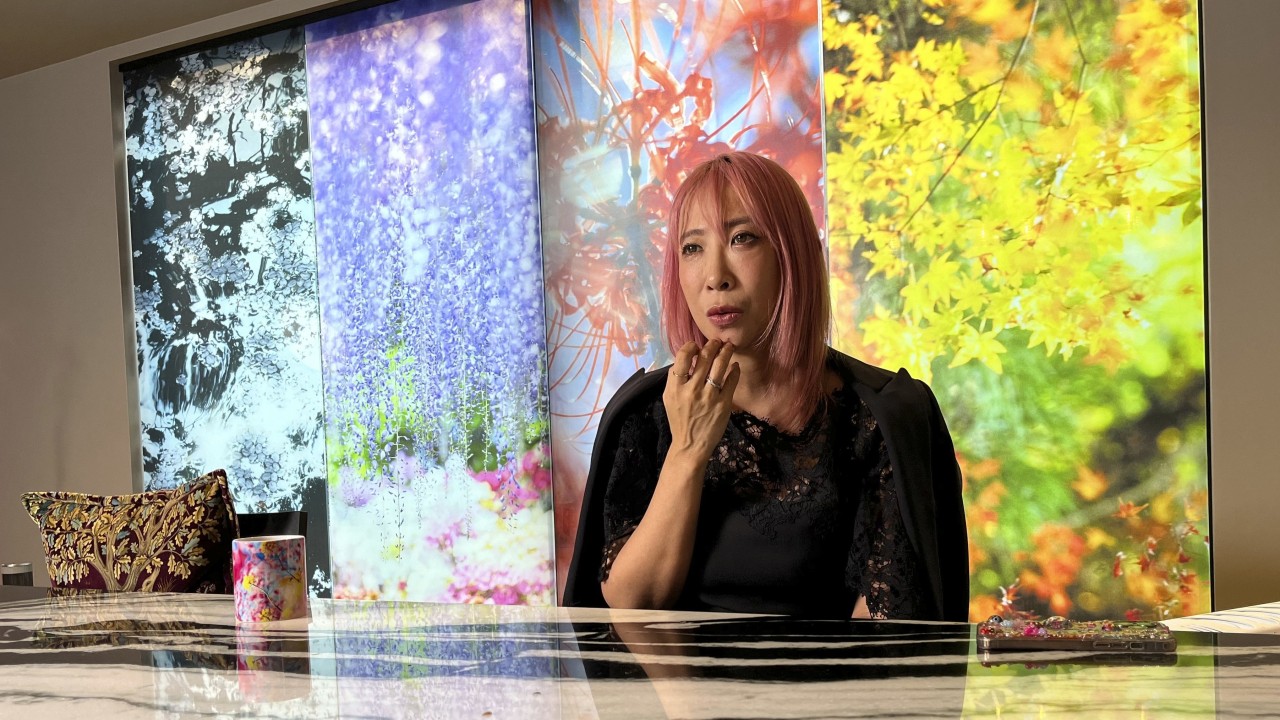
© » SOUTH CHINA MORNING POST
about 3 months ago (02/12/2024)
‘Dazzling moments in the everyday’ inspire Japanese artist Mika Ninagawa’s immersive installation Eternity in a Moment | South China Morning Post Advertisement Advertisement Art + FOLLOW Get more with my NEWS A personalised news feed of stories that matter to you Learn more Japanese filmmaker, photographer and visual artist Mika Ninagawa during an interview in her office in Tokyo...

© » APERTURE
about 3 months ago (02/09/2024)
Following a brutal and ongoing coup in 2021, artists from the country attempt to make sense of a troubling new political reality....
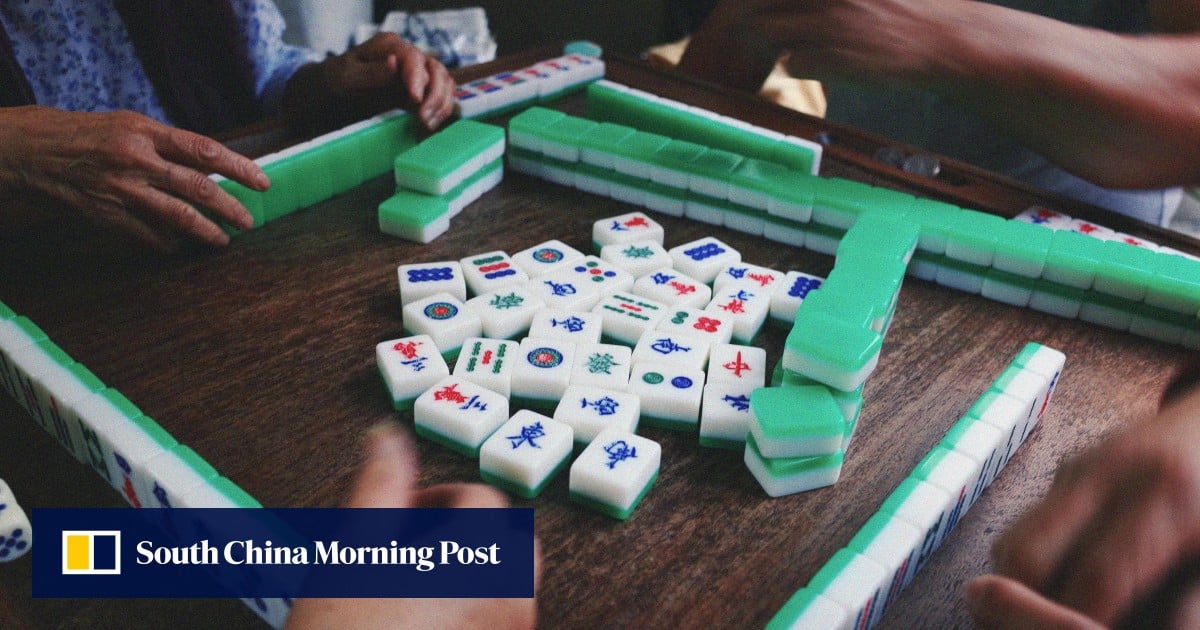
© » SOUTH CHINA MORNING POST
about 3 months ago (02/08/2024)
Different Mahjong versions, from the classical Chinese game to American mahjong, with its joker tiles, and Japanese riichi | South China Morning Post Advertisement Advertisement Chinese culture + FOLLOW Get more with my NEWS A personalised news feed of stories that matter to you Learn more There are many variations of mahjong played around the world, with different rules and scoring systems and in some, unique tiles...
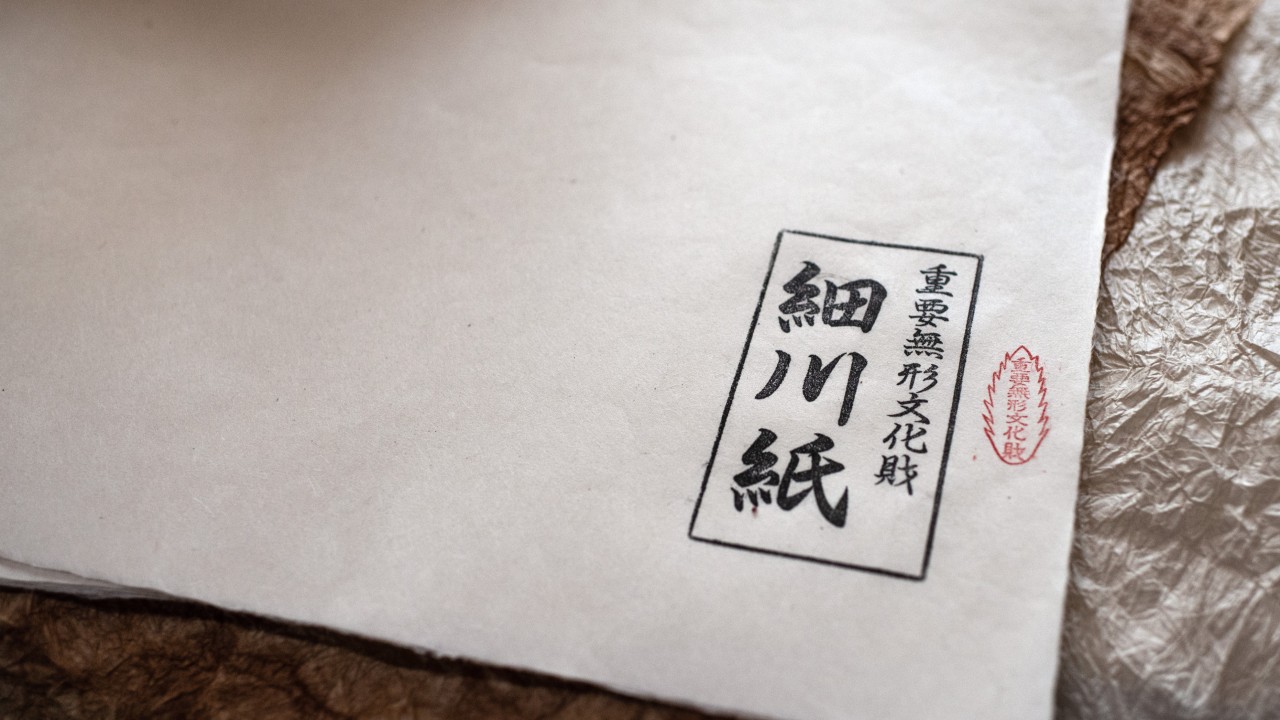
© » SOUTH CHINA MORNING POST
about 3 months ago (02/07/2024)
All about washi: Japanese handmade paper’s ancient Chinese roots, its uses from writing to home decor, and why it can cost US$120 a sheet | South China Morning Post Advertisement Advertisement Asia travel + FOLLOW Get more with my NEWS A personalised news feed of stories that matter to you Learn more Sheets of Hosokawa-shi, a type of Japanese washi recognised by Unesco as an item of intangible cultural heritage...

© » HYPERALLERGIC
about 3 months ago (02/06/2024)
Family Portrait: Japanese Family in Flux Skip to content Still from Still Walking (2008), dir...
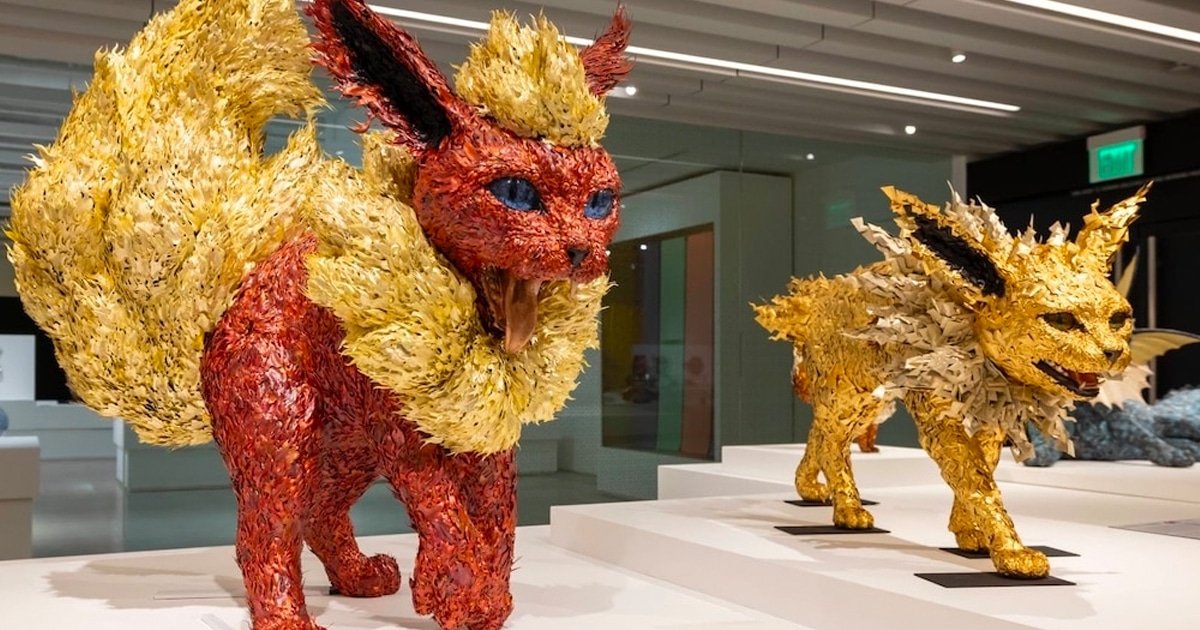
© » MODERN MET ART
about 3 months ago (01/30/2024)
New Exhibition Merges Pokémon with Japanese Craft Home / Art Unique Pokémon Exhibit Made With Traditional and Contemporary Japanese Craft Techniques By Margherita Cole on January 30, 2024 Photo: ©JAPAN HOUSE Los Angeles Since its debut in 1996, Pokémon has become a fixture of pop culture...

© » LENS CULTURE
about 3 months ago (01/28/2024)
Great Portrait Advice from Award-Winning Photographers, Part 2 | LensCulture Feature Great Portrait Advice from Award-Winning Photographers, Part 2 Former LensCulture Award winners share their best creative advice as well as tips for advancing your career as a portrait-maker and photographer...
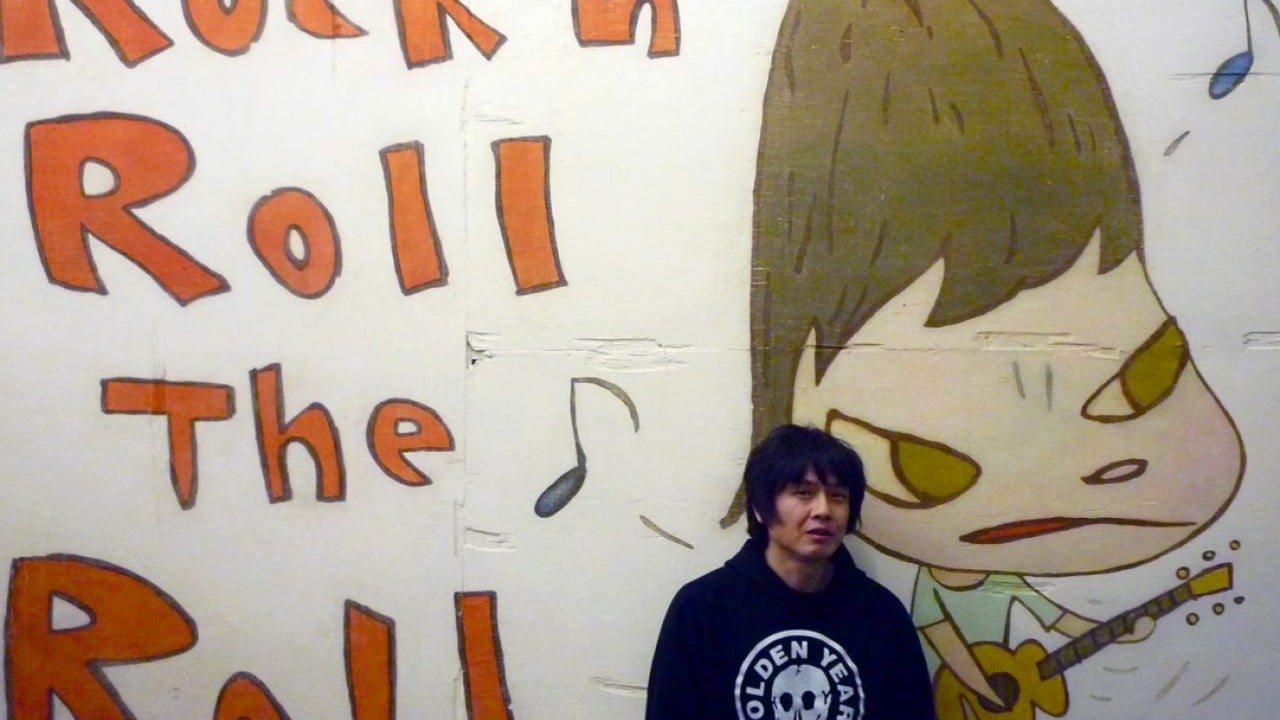
© » SOUTH CHINA MORNING POST
about 3 months ago (01/28/2024)
Japanese artist Yoshitomo Nara on his art’s meaning, and chasing the ‘carefree freedom’ of childhood | South China Morning Post Japanese artist Yoshitomo Nara on his art’s meaning, and chasing the ‘carefree freedom’ of childhood Art Yoshitomo Nara, one of Japan’s leading contemporary artists, talks about his influences, from punk rock to Kraftwerk, and what drives him – it isn’t money Kate Whitehead + FOLLOW Published: 7:15am, 29 Jan, 2024 Why you can trust SCMP I am from Aomori, in the north of Japan’s main island of Honshu...

© » SOUTH CHINA MORNING POST
about 3 months ago (01/28/2024)
A Hong Kong village house with a Balinese vibe brings Scandinavian, Moroccan and Japanese elements together seamlessly – and it all started with a single-line drawing....
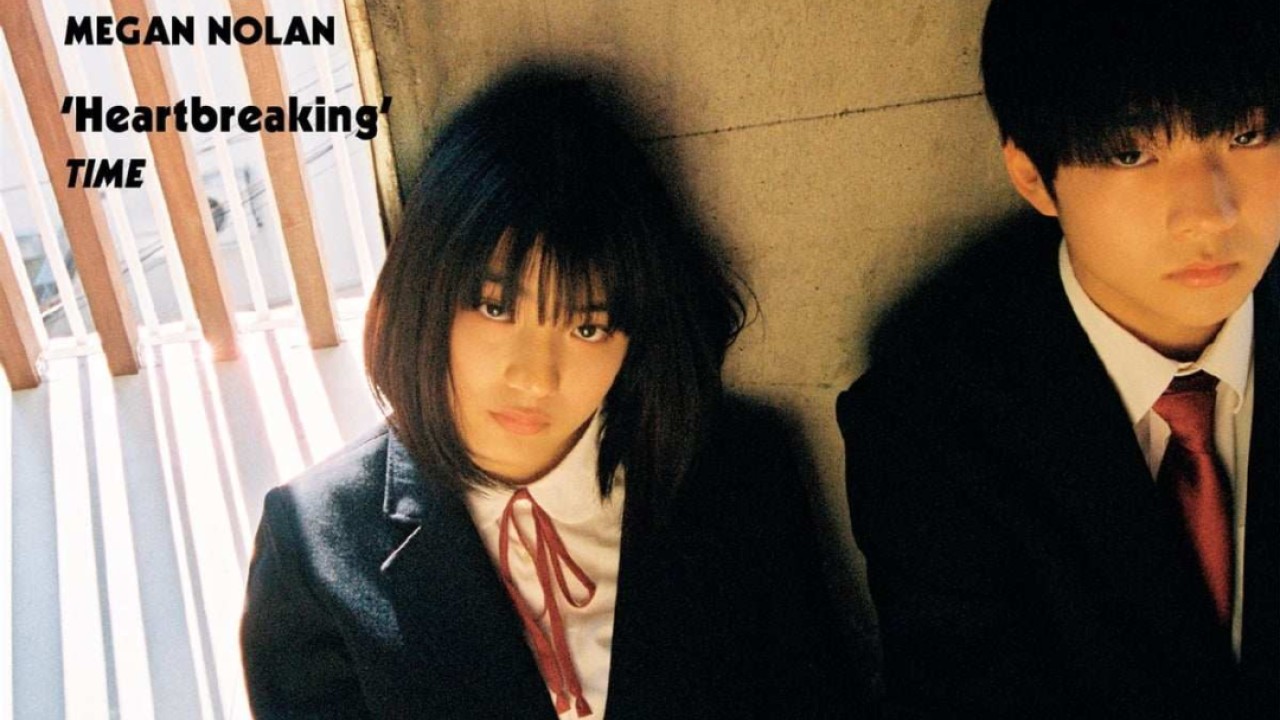
© » SOUTH CHINA MORNING POST
about 3 months ago (01/27/2024)
In the UK, Japanese literature translated into English is experiencing a boom...
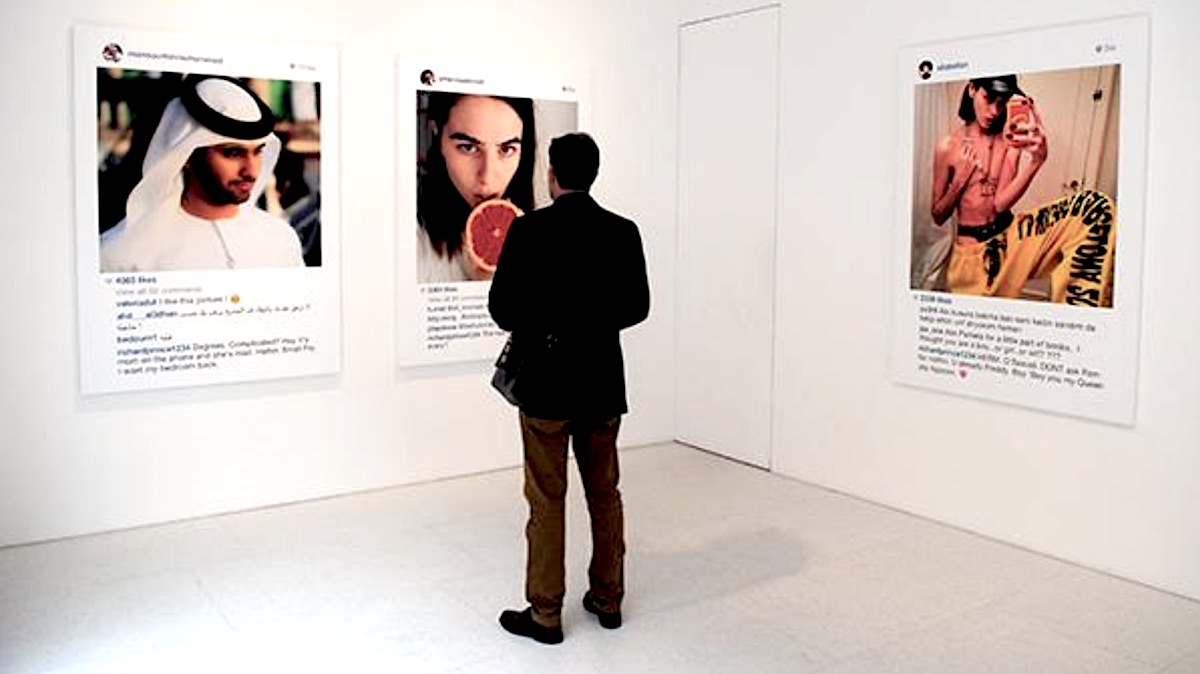
© » ARTLYST
about 3 months ago (01/26/2024)
Richard Prince and his affiliated galleries, Gagosian and Blum & Poe, have reached settlements in two copyright lawsuits lodged against him by photographers.....

© » LENS CULTURE
about 3 months ago (01/18/2024)
Great Portrait Advice from Award-Winning Photographers, Part I - From past LensCulture Portrait Award Winners and Finalists | LensCulture Feature Great Portrait Advice from Award-Winning Photographers, Part I Former LensCulture Award winners share their best creative advice as well as tips for advancing your career as a portrait-maker and photographer...

© » APERTURE
about 4 months ago (01/03/2024)
At a moment when women are increasingly losing control over their own bodies, can self-representation become a form of resistance?...
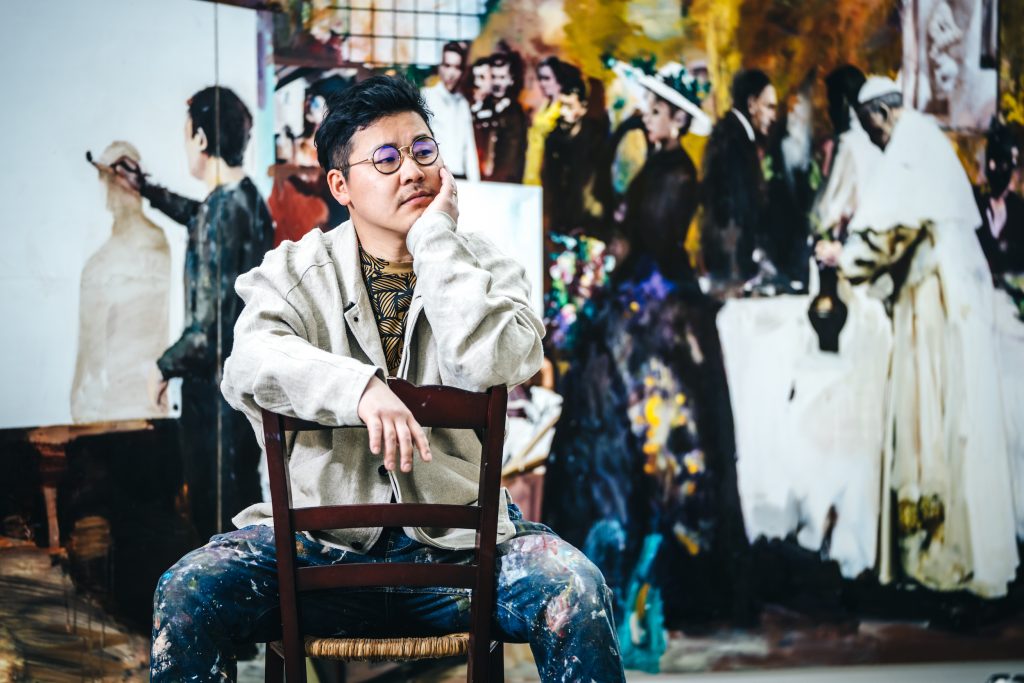
© » ARTNET
about 4 months ago (12/18/2023)
The artist's philosophical paintings are on view at the Kyoto City Kyocera Museum of Art...

© » LARRY'S LIST
about 4 months ago (12/18/2023)
Art Collector of Japanese Art Who Began with a £55 Punt Sees His Collection Go on Show at the Royal Academy - via The Jewish Chronicle...

© » THE GUARDIAN
about 5 months ago (12/12/2023)
‘We laughed and cried a lot’: a Japanese photographer in Alabama – in pictures | Art and design | The Guardian Skip to main content ‘We laughed and cried a lot’: a Japanese photographer in Alabama – in pictures ‘He looked very proud’ … Matthew in His Car, 2019 The Band, 2017 When Japanese photographer Fumi Nagasaka was invited by her friend Tanya to visit her home town of Dora, Alabama, it proved to be a moment of creative inspiration...
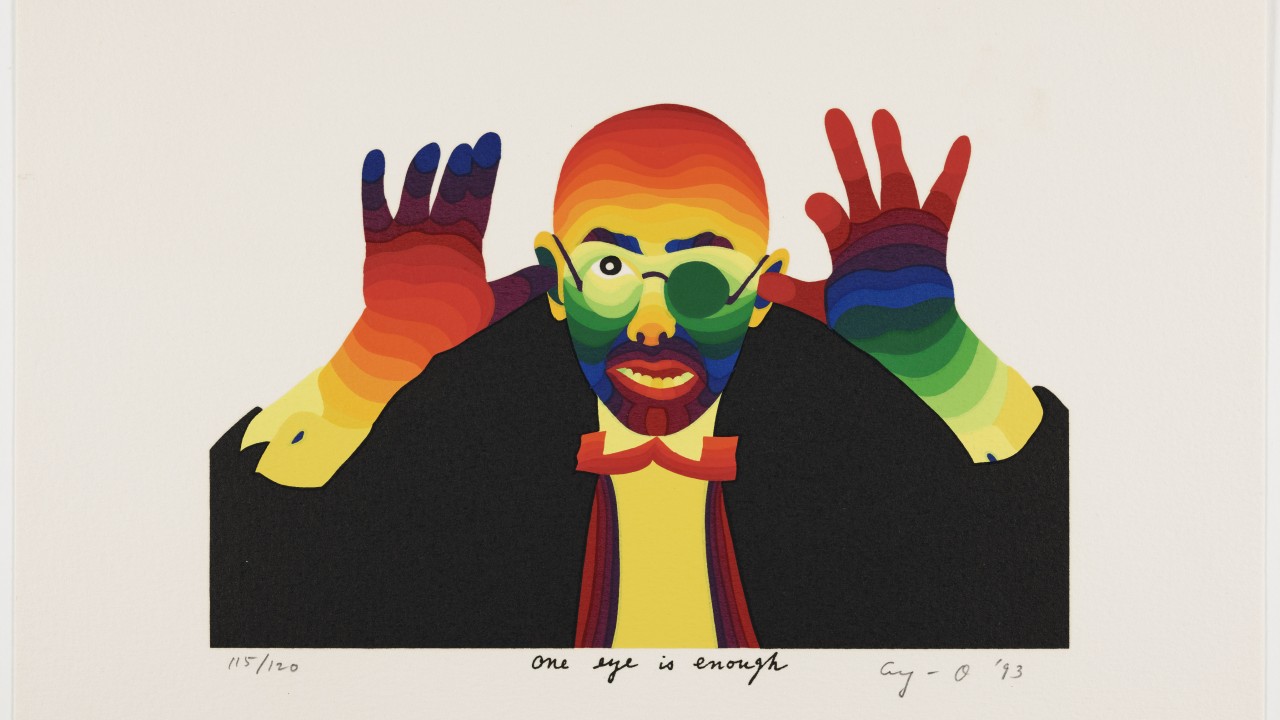
© » SOUTH CHINA MORNING POST
about 5 months ago (12/12/2023)
Japanese ‘rainbow artist’ Ay-O’s debut solo Hong Kong exhibition the first in a series highlighting significant Asian artists | South China Morning Post Advertisement Advertisement Art + FOLLOW Get more with my NEWS A personalised news feed of stories that matter to you Learn more Japanese artist Ay-O’s screenprint “Homage to Rousseau” is part of his exhibition at the M+ museum of visual culture in the West Kowloon Cultural District...
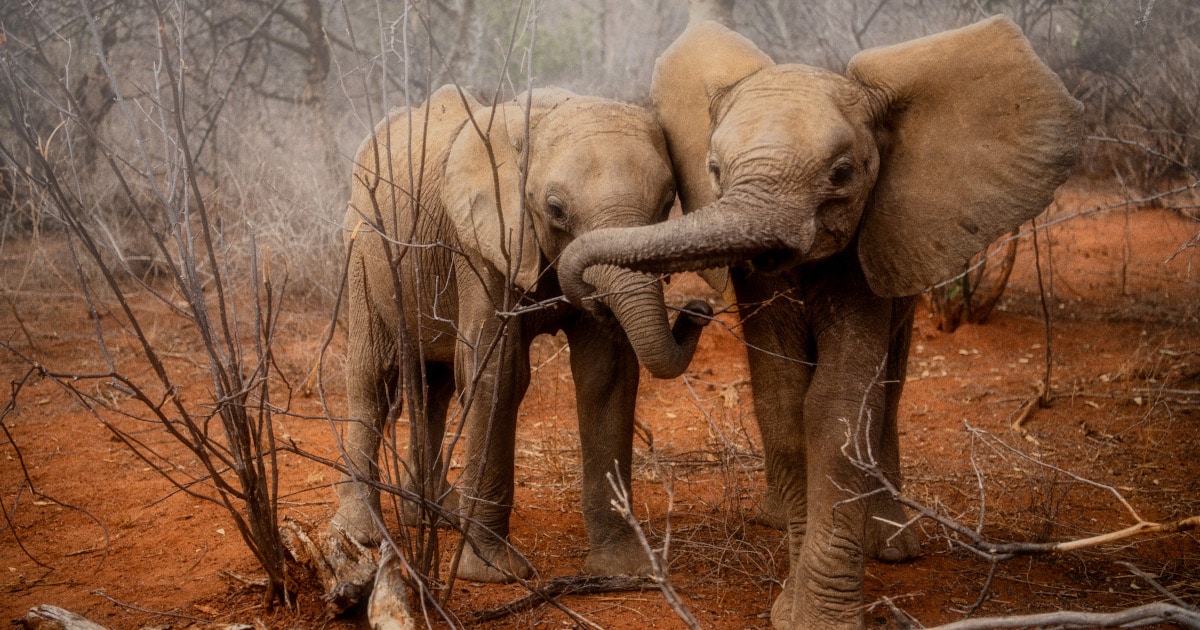
© » MODERN MET PHOTOGRAPHY
about 5 months ago (12/02/2023)
100+ Photographers Help Raise Funds for 13 Orphaned Elephants Home / Photography 100+ Photographers Contribute Their Work To Raise Funds for 13 Orphaned Elephants By Regina Sienra on December 2, 2023 Photo: Ami Vitale/Courtesy of Vital Impacts “Lorok and Ngilai comfort one another as they explore the wilderness at Reteti Elephant Sanctuary in northern Kenya...

© » I-D VICE PHOTO
about 5 months ago (11/23/2023)
Something Special Studio's new photobook collates different personal visions of sun, skin and sweat....

© » ART CENTRON
about 6 months ago (11/03/2023)
James Barnor Prize for African Photographers Goes to Mário Macilau - Artcentron Home » James Barnor Prize for African Photographers Goes to Mário Macilau ART Nov 3, 2023 Ξ Leave a comment James Barnor Prize for African Photographers Goes to Mário Macilau posted by ARTCENTRON Untitled , Circle of Memories series, 2020 by Mário Macilau, winner of the second edition of the James Barnor Prize The multidisciplinary artist and activist from Mozambique, Mário Macilau, is the winner of the James Barnor Prize...

© » LENS CULTURE
about 7 months ago (10/09/2023)
Tokyo’s International Urban Photo Festival — T3 - A multitude of photographers at various locations throughout Tokyo | LensCulture Feature Tokyo’s International Urban Photo Festival — T3 Scattered across more than 15 different venues throughout the city, Tokyo’s free outdoor international photo festival opens this month showing work that revolves around the theme “Link Up!” A multitude of photographers at various locations throughout Tokyo Tokyo’s International Urban Photo Festival — T3 Scattered across more than 15 different venues throughout the city, Tokyo’s free outdoor international photo festival opens this month showing work that revolves around the theme “Link Up!” In the fifth edition of T3 Photo Festival Tokyo , visitors are invited to explore various neighborhoods while enjoying photographic exhibitions, lectures and workshops throughout the city...
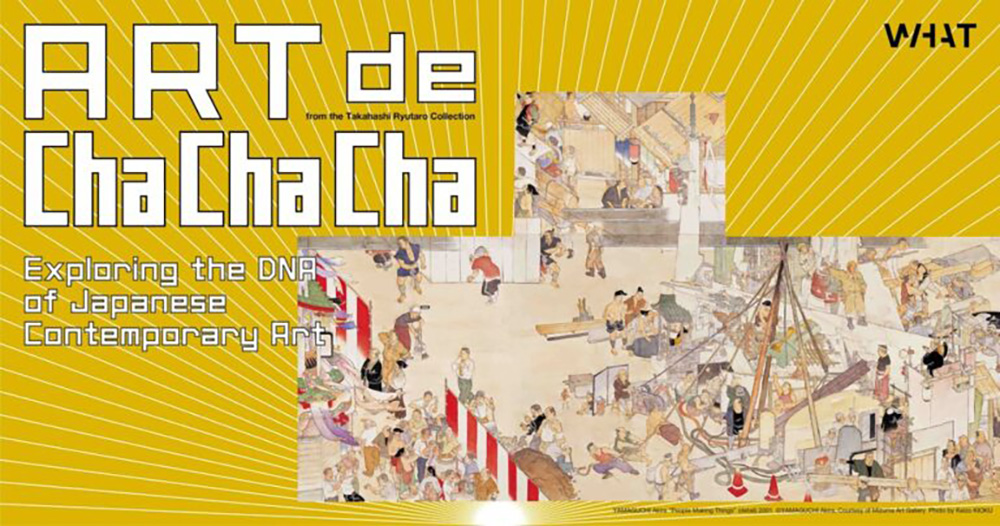
© » LARRY'S LIST
about 7 months ago (10/05/2023)
WHAT MUSEUM, situated in Tennoz, Tokyo, is currently hosting a captivating exhibition entitled "ART de Cha Cha Cha - Exploring the DNA of Japanese Contemporary Art -" from the esteemed Takahashi Ryutaro Collection...
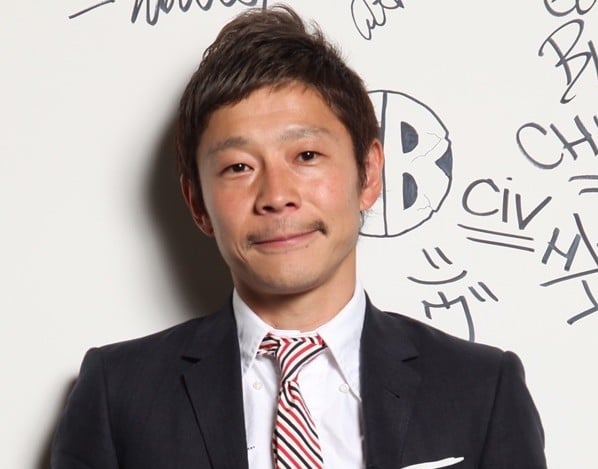
© » LARRY'S LIST
about 19 months ago (10/05/2022)
Japanese Mega-Collector Yusaku Maezawa Is Giving Away $9 Million to His Twitter Followers to See If Money Makes People Happy - via artnet news...
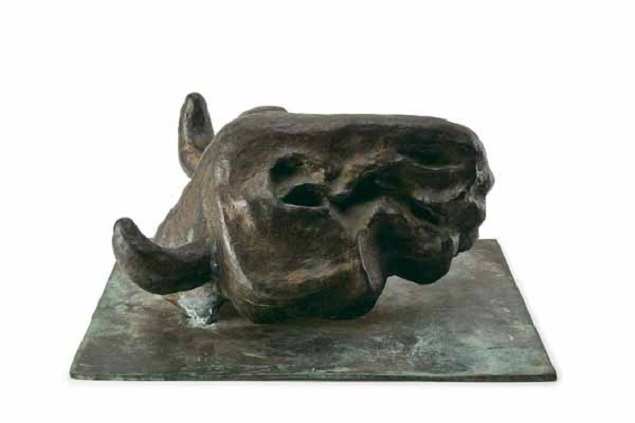
© » LARRY'S LIST
about 19 months ago (10/05/2022)
What happens when a fish baron from Japan decides to collect contemporary Indian art and wants to sell some of his precious collection? He goes to a distinguished gallery in Mumbai, Pundoles, that has history......

© » ART PIL
about 19 months ago (09/27/2022)
30 Under 30 Women Photographers | ARTPIL ARTICLES PROFILES ANNOUNCEMENTS WORKS COLLECTIONS EXHIBITIONS 30/30 WOMEN PHOTOGRAPHERS ABOUT CONTRIBUTORS SUBMISSIONS ARTICLES art photography film + video culture + lifestyle exhibits + events features prescriptions PROFILES artists photographers filmmakers designers/architects fashion organizations/mags museums/galleries ANNOUNCEMENTS ANNOUNCES WORKS COLLECTIONS EXHIBITIONS 30/30 WOMEN WORKS COLLECTIONS ABOUT CONTRIBUTORS SUBMISSIONS + [–] Search for: Search Button • 30 Under 30 Women Photographers Annual Selection Founded in 2010, 30 Under 30 Women Photographers has helped emerging, mid-career, as well as some accomplished women photographers gain further exposure and participate in a collective among peers...

© » ARTS EQUATOR
about 49 months ago (04/16/2020)
Weekly Southeast Asia Radar: Japanese ska in Saigon, experimental music in Yangon | ArtsEquator Thinking and Talking about Arts and Culture in Southeast Asia ArtsEquator Radar Alberto Prieto via Saigoneer April 16, 2020 ArtsEquator’s Southeast Asia Radar features articles and posts about arts and culture in Southeast Asia, drawn from local and regional websites and publications – aggregated content from outside sources, so we are exposed to a multitude of voices in the region...

© » HIGH FRUCTOSE
about 52 months ago (01/18/2020)
Toshio Saeki, the legendary Japanese artist known for blending eroticism, horror, and humor in his works, passed away in November at the age of 74...
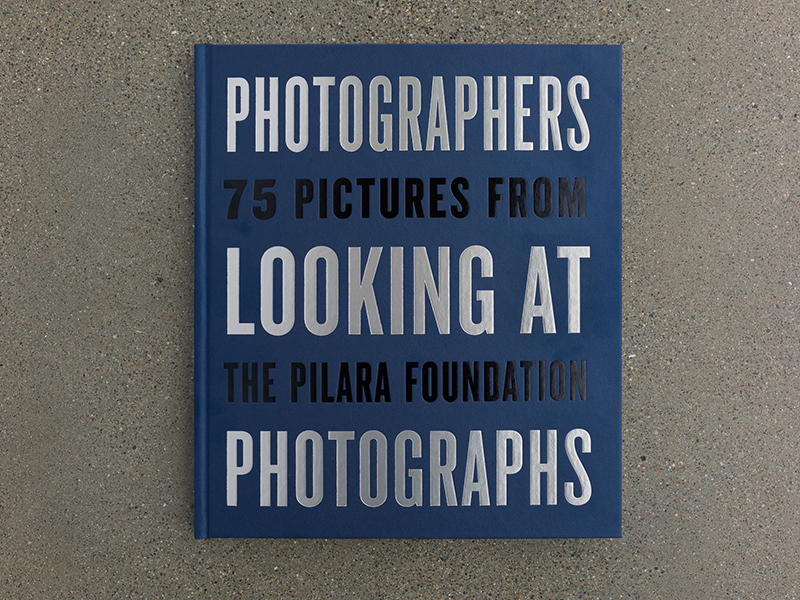
© » PIER 24
about 53 months ago (12/11/2019)
Pier 24 New Publication—Photographers Looking at Photographs Available - Pier 24 New Publication— Photographers Looking at Photographs Available December 10, 2019 We are please to announce our newest publication— Photographers Looking at Photographs: 75 Pictures from the Pilara Foundation —is now available...

© » ARTS EQUATOR
about 61 months ago (04/24/2019)
Podcast Interview: Performance Photographers | Arts Equator Thinking and Talking about Arts and Culture in Southeast Asia Festival (Podcast) Crispian Chan (by Izdiyad Ahmad), Bernie Ng (by Biru Chua), Kuang Jingkai April 24, 2019 Duration: 45 min In this interview with Crispian Chan , Bernie Ng and Kuang Jingkai , three photographers of theatre and dance, we get to know more about a profession that’s sometimes taken for granted but is an essential aspect of the packaging of a performance...
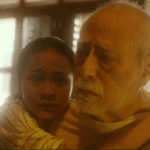
© » ARTS EQUATOR
about 70 months ago (07/18/2018)
The World Cup, The Japanese Occupation and Our Painful Inheritance Thinking and Talking about Arts and Culture in Southeast Asia Articles July 18, 2018 This article is republished from the Singapore International Film Festival editorial...
-
1950-1959
Akram Zaatari
1950“Other photographers used to send me negatives of cross-eyed people, asking me to retouch them...
Akram Zaatari
1950“While taking the picture it was challenging to make the boys sit properly without moving...
Akram Zaatari
1950“In the 1980s I started using coloured paper backdrops, one of which was yellow...
Akram Zaatari
1956“People often asked if they could pose with the Kodak advertisement where a full scale woman is featured with a camera offering Kodak rolls...
-
1960-1969
Akram Zaatari
1960“When you position your hand on someone’s shoulder, your shoulders become straight and horizontal...
Akram Zaatari
1966“People often asked if they could pose with the Kodak advertisement where a full scale woman is featured with a camera offering Kodak rolls...
-
1970-1979
Akram Zaatari
1970“People often asked if they could pose with the Kodak advertisement where a full scale woman is featured with a camera offering Kodak rolls...
Akram Zaatari
1972“The two men were relatives and both were in the Lebanese Army.” Hashem El Madani...
Jiri Kovanda
1979This ephemeral installation by Jirí Kovanda, documented in the same way as his performances with a photograph and a text, belongs to a body of works that took place in his apartment/studio...
-
1980-1989
Martin Kippenberger
Drawing & Print
1989(Drawing & Print) Untitled is a work on paper by Martin Kippenberger comprised of several seemingly disparate elements: cut-out images of a group of dancers, a japanese ceramic vase, and a pair of legs, are all combined with gestural, hand-drawn traces and additional elements such as a candy wrapper from a hotel in Monte Carlo and a statistical form from a federal government office in Wiesbaden, Germany...
-
1990-1999
Bruce Conner
Drawing & Print
1995(Drawing & Print) Bruce Conner is best known for his experimental films, but throughout his career he also worked with pen, ink, and paper to create drawings ranging from psychedelic patterns to repetitious inkblot compositions...
-
2000-2009
William E. Jones
2000His series, The Golden State, harkens back to his early career and his photographic training...
Pierre Gonnord
2002Nakayama is part of a larger body of work by Pierre Gonnord focusing on the analysis and description of the lifestyles of urban youth in large Western cities...
Luisa Lambri
2002Lambri’s careful framing in Untitled (Miller House, #02) redefines our understanding of this iconic mid-century modernist building located in Palm Springs, California...
Shimabuku
2006For the two-channel work Asking the Repentistas – Peneira & Sonhador – to remix my octopus works Shimabuku asked two Brazilian street singers to compose a ballad about his previous works with octopi (in which he created traditional Japanese ceramic vessels to catch octopi, with a fisherman who took him on his boat to test them out as we can see on one of the channel)...
Ahmad Fuad Osman
2007Recollections of Long Lost Memories by Ahmad Fuad Osman is a series of 71 black and white sepia-toned archival photographs that chart, with nostalgia, the social encounters between hierarchies of life in the Malay world...
Sung Hwan Kim
2007An early work in Sung Hwang Kim’s career, the video Summer Days in Keijo—written in 1937 is a fictional documentary, the film is based on a non-fiction travelogue, In Korean Wilds and Villages , written by Swedish zoologist Sten Bergman, who lived in Korea from 1935 to 1937...
Shilpa Gupta
2008The three monkeys in Don’t See, Don’t Hear, Don’t Speak are a recurring motif in Gupta’s work and refer to the Japanese pictorial maxim of the “three wise monkeys” in which Mizaru covers his eyes to “see no evil,” Kikazaru covers his ears to “hear no evil,” and Iwazaru covers his mouth to “speak no evil.” For the various performative and photographic works that continue this investigation and critique of the political environment, Gupta stages children and adults holding their own or each other’s eyes, mouths and ears...
Hassan Massoudy
Drawing & Print
2008(Drawing & Print) Ranging from Baudelaire to the Koran, each of Hassan Massoudy’s drawings are titled with a quotation from a text...
Barbara Kasten
2008Barbara Kasten’s Studio Construct 51 depicts an abstract still life: a greyscale photograph of clear translucent panes assembled into geometric forms, the hard lines of their edges converging and bisecting at various points...
Jean-Luc Moulène
2009Head Box by J ean-Luc Moulène i s not the representation of a space but a real space that remains in the domain of sculpture which the artist develops in parallel with his photographic practice...
Taro Izumi
2009Steak House is a video representing two small puppets smearing the artist’s face with paint while he is sleeping...
Matti Braun
2009During a residency in 2009 at L’appartement 22 in Rabat, the artist traveled in Morocco and Senegal on the traces of the German sculptor Arno Breker...
Koki Tanaka
2009Walking Through is one of a series of videos—sometimes humorous, often absurd—that record the artist’s performative interactions with objects in a particular site...
-
2010-2019
Tomoko Yoneda
2010Yoneda’s Japanese House (2010) series of photographs depicts buildings constructed in Taiwan during the period of Japanese occupation, between 1895 and 1945...
Motoyuki Daifu
2010Seven family members and a cat all squeezed into the small five-room house, where Motoyuki Daifu grew up in Yokohama...
Koki Tanaka
2010Tanaka’s unique understanding of objects and materials is reflected in the four photographs that document his Process of Blowing Flour ...
Yosuke Takeda
2010Yosuke Takeda gives the viewer brightly colored views, each of which he has searched out and patiently waited for...
Adrian Villar Rojas
2010The two drawings in the Kadist Collection are part of a larger series entitled Las Mariposas Eternas (The Eternal Butterflies)...
Yosuke Takeda
2011Yosuke Takeda gives the viewer brightly colored views, each of which he has searched out and patiently waited for...
Eric Baudelaire
2011In a society saturated by images, Eric Baudelaire is interested in political events that have not found their representation...
Kwan Sheung Chi
2012Kwan Sheung Chi’s work One Million is a video work depicting the counting of bills...
Yuki Kimura
2012Kastura (2012) is an installation consisting of 24 black-and-white photographs of the Katsura Imperial Villa in Kyoto bequeathed by Kimura’s grandfather; free-standing structures on which they are hung; and ornamental plants...
Meiro Koizumi
2012This video installation was made for the exhibition “Journey to the West” held in January 2012 in New Delhi, where a group of curators invited six Japanese artists to produce a work to be made around the relationship between Japan and India...
James T. Hong
2012Taiwan WMD (Taiwan and Weapons of Mass Destruction) is part of a long-term research started in early 2010 on the history and aftermath effects of Japanese biological and chemical warfare in China during WWII, as well as the unknown history of Taiwan’s nuclear program...
Shay Arick
2013Part of a series of videos called LIFE, where Shay Arik videos that re-enact iconic journalistic photographs...
Phan Quang
2013Phan Quang’s portrait series Re/cover grapples with a lesser-known history in Vietnam...
Koki Tanaka
2013This artwork was part of a group of projects presented in the Japanese Pavilion at the Venice Biennale in 2013...
Phan Thao Nguyên
2013On September 22, 1940 the French signed an accord, which granted Japanese troops the right to occupy Indochina...
YOUNG-HAE CHANG HEAVY INDUSTRIES
2013Pacific Limn weaves together three narratives that comment on hyper-capitalism pan-Pacific cities that San Francisco exemplifies...
Gozo Yoshimasu
Drawing & Print
2014(Drawing & Print) Gozo Yoshimasu’s visual-poetry series Dear Monster (Kaibutsu-kun) explores his response to the March 2011 Tohoku earthquake and tsunami...
Gozo Yoshimasu
Drawing & Print
2014(Drawing & Print) Gozo Yoshimasu’s visual-poetry series Dear Monster (Kaibutsu-kun) explores his response to the March 2011 Tohoku earthquake and tsunami...
Yosuke Takeda
2014Yosuke Takeda gives the viewer brightly colored views, each of which he has searched out and patiently waited for...
Malik Nejmi
2014La Chambre Marocaine series is a means to reconnect personally to his connection to family history and objectively assess the process of reconnection...
Tomoko Kikuchi
2014The series Funerals under Neon Lights by Tomoko Kikuchi focuses on how transgender people’s ritual became a vital part of funerals in rural China...
Meiro Koizumi
2015Words by Meiro Koizumi: “The video installation work In the State of Amnesia is made with Mr...
Melvin Moti
Drawing & Print
2015(Drawing & Print) Cluster Illusion examines the brain’s tendency to recognize a pattern as something abstract...
Bontaro Dokuyama
2015In Over There, Bontaro Dokuyama conducted a series of workshops with various people who had been forced to relocate in temporary housing after the Fukushima accident...
Tatsuki Masaru
2016For the works KAKERA, Bullet Train and KAKERA, Loving God Tatsuki Masaru traveled throughout Japan to visit museums holding kakera (which translates to “fragments”) of Jomon Period potteries –Japan’s pre-history 2,300-15,000 years ago...
Gozo Yoshimasu
Drawing & Print
2017(Drawing & Print) Gozo Yoshimasu’s double-sided work on paper Fire Embroidery explores his response to the March 2011 Tohoku earthquake and tsunami...
Chikako Yamashiro
2017The film installation Mud Man by Chikako Yamashiro is set on Okinawa and South Korea’s Jeju Islands, two locations at the center of local controversies surrounding the presence of the United States military...
Yuichiro Tamura
2017The installation Hey Daddy, Hey Brother comprises a series of “Sukajan” jackets, which Tamura collected over a period of several years...
Luka Yuanyuan Yang
2019Composed of three photographic panels, Three Times at Yamato Hotel by Luka Yuanyuan Yang is a part of the artist’s ongoing project Dalian Mirage , a seven act play in a theatre staged as the city of Dalian...
Ryan Villamael
2019Behold A City 4 extols the old grandeur of Manila, the nation’s storied capital – the complex nexus of heritage, modernity, and all sorts of compulsions, political or otherwise, that attempt to define it...
-
2020-2029
Andrew Norman Wilson
2020Z = |Z/Z•Z-1 mod 2|-1: Lavender Town Syndrome by Andrew Norman Wilson is a multi-channel video that uses three different imaging technologies—a photographic lens, photorealistic ray tracing animations, and fractal ray-marching animations—to travel through three constructed environments...
Trevor Paglen
2020Half Dome Hough Transform by Trevor Paglen merges traditional American landscape photography (sometimes referred as ‘frontier photography’ for sites located in the American West) with artificial intelligence and other technological advances such as computer vision...
James Webb
2022Referencing psychology, philosophy, and spiritualism, A series of personal questions addressed to a Hikimawashi kappa traveling coat by James Webb is an ongoing series in which the artist poses spoken questions to objects via a speaker installed near the object on display...
Anju Dodiya
2022The Shedding by Anju Dodiya is part of a series of mattress paintings the artist creates using fabric stretched on padded and shaped boards...
Bady Dalloul
2022With Inner Child , Bady Dalloul continues his ongoing reflection on migration and belonging, putting in balance levantine and Japanese histories...





